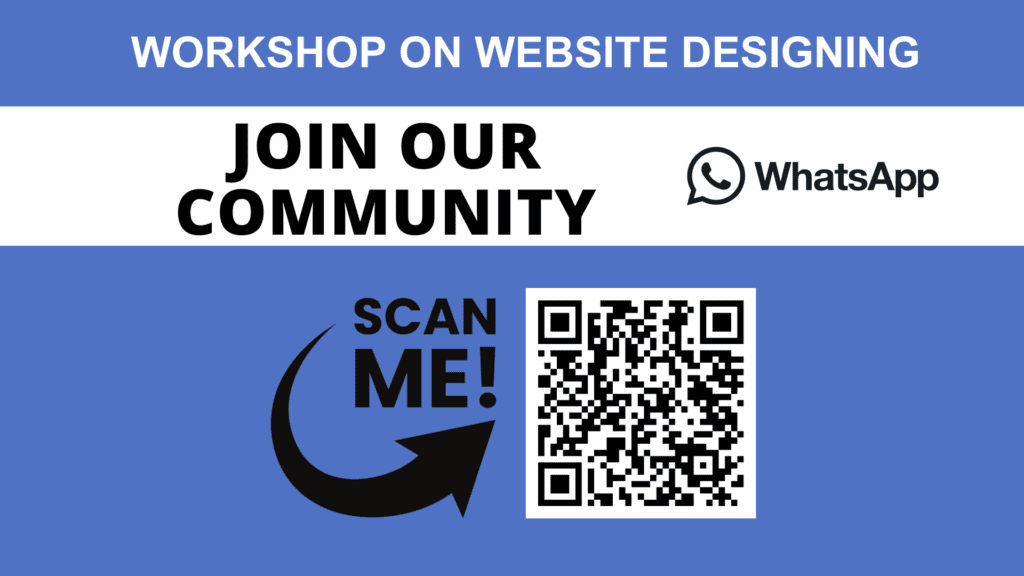- Initial Consultation: Schedule a meeting with the client to introduce ourselves and understand their business. Discuss their goals, target audience, and the purpose of the website.
- Needs Assessment: Ask detailed questions about their business operations, brand identity, design preferences, and specific features they want on the website. This includes understanding their current online presence and any existing branding materials.
- Proposal and Agreement: Based on the information gathered, create a proposal outlining the project scope, timeline, costs, and deliverables. Present this to the client and finalize the agreement, ensuring all parties are clear on expectations.
- Project Kickoff: Once the agreement is signed, start the project with a kickoff meeting. Revisit the project goals and milestones, set communication protocols, and introduce the project team to the client.
- Research and Planning: Conduct market research to understand industry trends and competitor websites. Develop a detailed project plan that includes wireframes, content outlines, and a design strategy.
- Design Phase: Begin the design process by creating initial wireframes and mockups. Share these with the client for feedback and make necessary adjustments to ensure the design aligns with their vision.
- Development Phase: After design approval, move to the development phase. Set up the development environment, start coding the website, and integrate any required functionalities
- Client Review and Feedback: Regularly update the client on progress and solicit feedback at key stages. This iterative process helps ensure the project stays on track and meets the client’s expectations.
- Testing and Quality Assurance: Thoroughly test the website on various devices and browsers to ensure it is responsive, functional, and free of bugs.
- Launch and Training: Once the client approves the final website, prepare for launch. Provide training to the client on how to manage and update their website.
- Post-Launch Support: Offer ongoing support and maintenance services to address any issues and help the client make the most of their new website.

